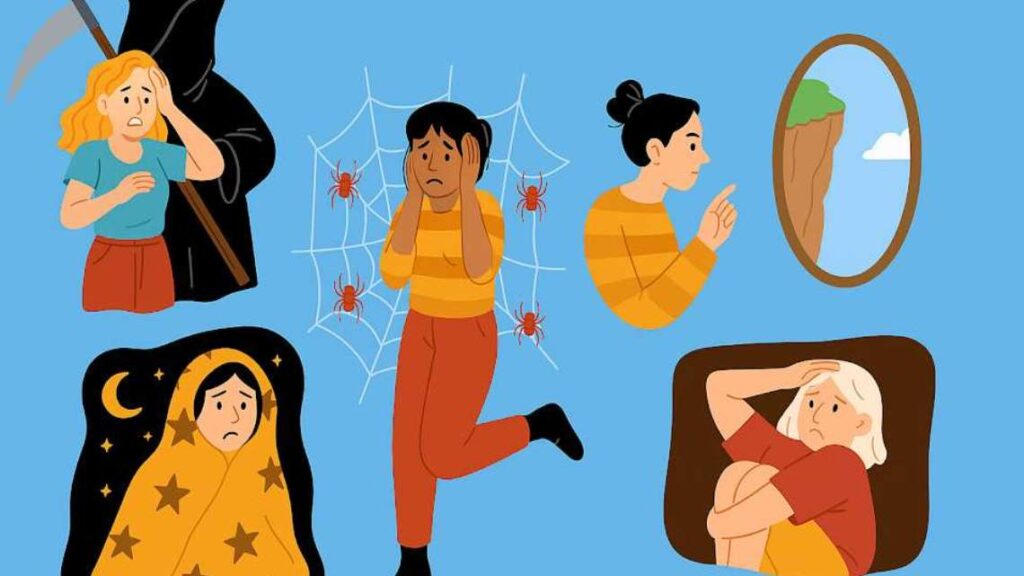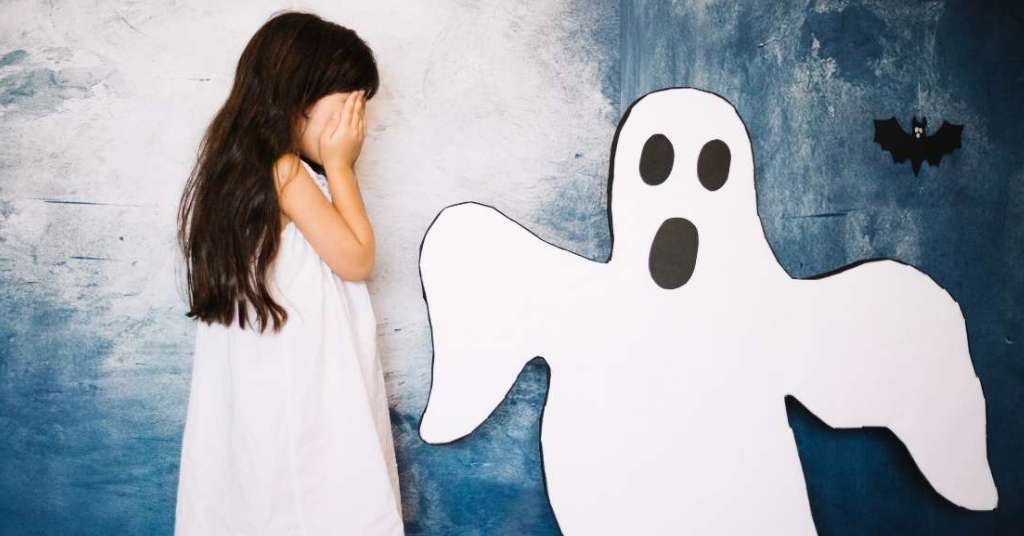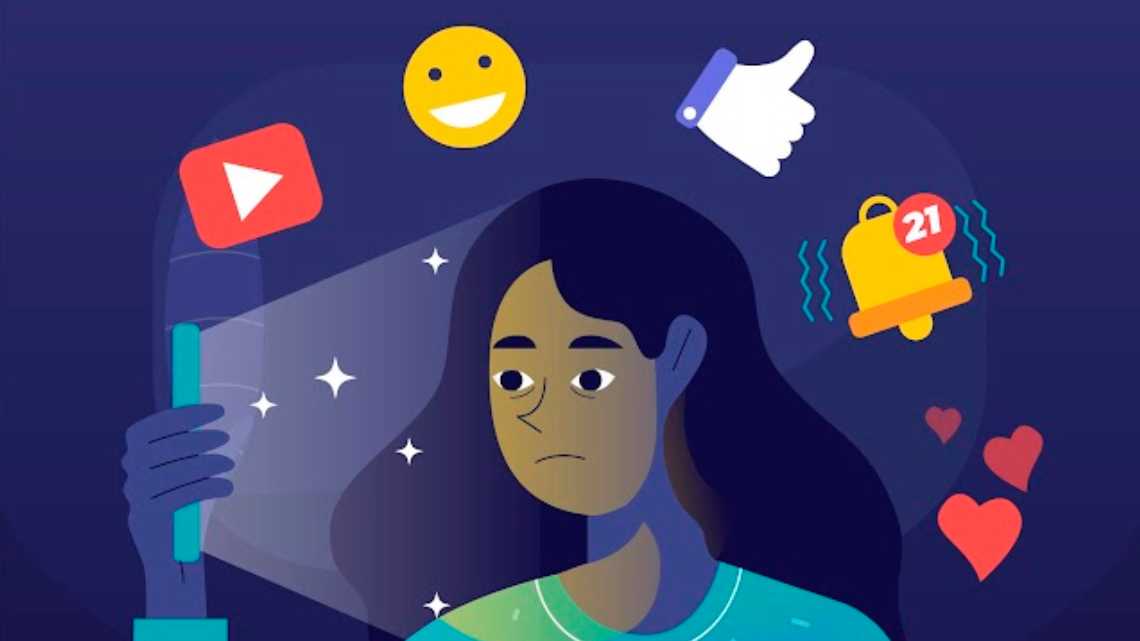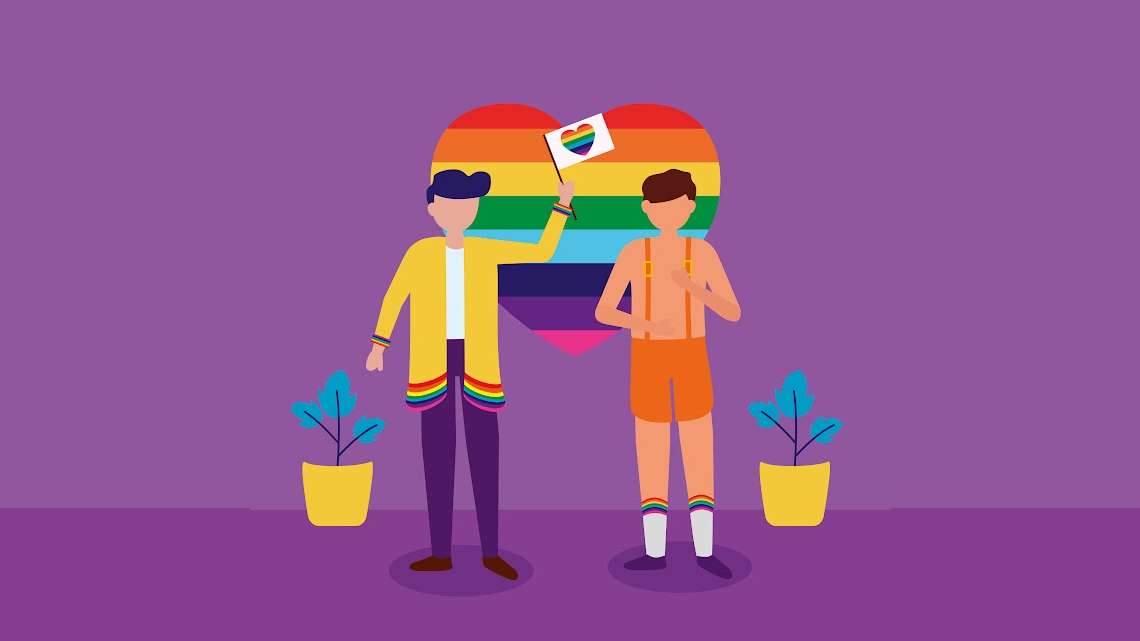
Specific phobia is defined as “an intense, irrational fear of something that poses little or no actual danger.” Despite the knowledge that these fears may be irrational, some adults may experience debilitating anxiety symptoms even when they think about the feared object or situation.
According to the DSM-V, specific phobias are grouped into five categories: animal (e.g., dogs, spiders), natural environment (e.g., heights, storms, water), situational (e.g., flying, elevators), blood-injection-injury (e.g., seeing blood or getting a shot), and an “other” category for fears that don’t fit neatly into these groups.
What lies central to any type of phobias are – avoidance and fear. Avoidance may offer temporary relief but it reinforces the fear over time. Specific phobias majorly begin in childhood but they can also surface or resurface in middle or older adulthood.
Most Common Phobias
Phobias are deeply rooted emotional responses that can significantly impair a person’s daily life. Some of the most common phobias are:
Acrophobia
Acrophobia refers to an extreme fear of heights. Acrophobic behavior usually involves avoidance of stairs, terraces, bridges, elevators, apartments or offices located at higher levels. This can lead to extreme impairment and restriction in movement for individuals suffering from this phenomenon. It can also have an impact on their social functioning.
Aerophobia
Fear of flying or aerophobia is a type of situational fear in which people experience anxiety symptoms before or during a flight. Avoidance of situations related to flying are common among individuals with this phobia and even the thought of flying can lead to a state of panic.
Agoraphobia
People with agoraphobia fear being in places or situations where escaping or getting help might be difficult—such as crowded areas, public transport, or open spaces. This fear can lead to avoiding many everyday activities and, in severe cases, even staying indoors most of the time.
Arachnophobia
Arachnophobia is known as the fear of spiders and it is an anxiety disorder wherein an individual does not just fear the sight of a spider or other arachnids (such as scorpions) but also has a distorted perception of them. The sight of these creatures as well as the belief that they are a threat to life can rouse unpleasant feelings. Sometimes, people with arachnophobia do not even have to see them start feeling fear. Evolutionary factors or past negative events are usually the causes of this phobia.

Astraphobia
Also known as brontophobia, astraphobia is characterized as an intense fear of naturally loud noises, namely lightning and thunder, in the environment. Individuals with this phobia are terrified of natural calamities such as storms and they experience severe anxiety at the signs of bad weather. As a result, they may hide or seek shelter in places where they feel safe.
Cynophobia
An irrational fear of dogs is called cynophobia. This fear usually originates during childhood, around the age of 5 years, usually because of children’s wild imaginations leading to the development of fearful beliefs about dogs, observations of family members’ reactions or through some hidden traumatic memories. It can lead to avoidance of parks, neighborhoods, or any place where dogs might be present, impacting social interactions and daily routines.
Mysophobia
Mysophobia, also known as germophobia, verminophobia or germaphobia, refers to distress about contamination or germs. This intensive fear can disrupt psychological health as its behavioural symptoms involve excessive washing of hands, use of sanitizers, avoidance of crowded places due to the fear of germ exposure.
Ophidiophobia
An overwhelming fear of snakes is known as ophidiophobia. Recognising snakes as dangerous has an evolutionary basis and therefore, ophidiophobia is among the most common phobias. People with this phobia may act in unusual ways or take extreme actions to avoid snakes or places where these creatures are present in harmless ways (e.g.: zoos, pet stores, etc.).
Social Phobia
Social phobia is an intense fear of being judged, embarrassed, or humiliated in social situations. Whether speaking in public, meeting new people, or even eating in front of others, the fear can be so overwhelming that people avoid these situations altogether, leading to isolation.
Trypanophobia
Trypanophobia is a fear of injections, or particularly the fear of needles on injections that pierces our skin. This fear can cause individuals to avoid necessary medical treatments, including vaccinations and blood tests.
Specific phobias go far beyond everyday fears—they can be deeply distressing and interfere with daily life. It’s important to approach those affected with empathy, patience, and understanding. If you or someone you know is struggling with a phobia, seeking help from a mental health professional can be a powerful step toward healing. With the right support and treatment, individuals can gradually face their fears and reclaim a fuller, more confident life.
Photo Credits:
First image: chatgpt
Second image: chatgpt
References
Alves, I., & Esteves, A. (2024, October). MeetingBenji: Tackling Cynophobia with Virtual Reality, Gamification, and Biofeedback. In Proceedings of the 30th ACM Symposium on Virtual Reality Software and Technology (pp. 1-9).
American Psychiatric Association. (2013). Diagnostic and statistical manual of mental disorders (5th ed.).
Arroll, B., Wallace, H. B., Mount, V., Humm, S. P., & Kingsford, D. W. (2017). A systematic review and meta‐analysis of treatments for acrophobia. Medical Journal of Australia, 206(6), 263-267.
Kapustka, J., Zieliński, D., Borowiec, P., Gos, D., & Czupryna, W. (2023). Analysis of the arachnophobia level based on contact with spiders and the Fear of Spiders Questionnaire. Journal of Animal Science, Biology and Bioeconomy, 39(2), 13-23.
Lotfizadeh, T., Zare, H. Z., Safari, M. S., Poshneh, K., & Asayesh, M. H. (2025). Effectiveness of virtual reality programs on behavioral functions, emotional regulation and brain functions in the treatment of aerophobia. Journal of Psychological Science, 23(144), 21-43.
Murphy, N. (2025). What is Ophidiophobia? | Risks, causes, symptoms, treating. CPD Online College. https://cpdonline.co.uk/knowledge-base/mental-health/what-is-ophidiophobia
NIMH Information Resource Center. (n.d.). Specific phobia. National Institute of Mental Health (NIMH). https://www.nimh.nih.gov/health/statistics/specific-phobia
O’Daniel, K. Trypanophobia: Understanding the Power of the Needle.
Qadir, M. I., & Yameen, I. A. (2019). Questionnaire based study about association between blood oxygen level and Mysophobia. Biomed. J. Sci. Tech. Res, 14, 1-3.
WebMD Editorial Contributor. (2023). What is astraphobia? WebMD. https://www.webmd.com/anxiety-panic/what-is-astraphobia

Sakshi
About the author
Sakshi is a clinical psychologist with a deep passion for understanding human behavior, a strong drive for research, and a keen eye for psychological intricacies. Committed to continuous learning, she seeks to explore every facet of psychology, from theory to practice, to better support and empower individuals. With a curiosity that fuels her pursuit of knowledge, she strives to bridge the gap between research and real-world applications, making psychology more accessible and impactful.
Recently Added
Generation Z, popularly known as Gen-Z, is the class of individuals born between 1996 and 2010. These individuals were born directly into …
As most of us are aware, LGBTQ+ is an acronym for lesbian, gay, bisexual, transgender, queer, and other gender and sexual minorities. …
Adaptogens are a class of natural herbs, roots, and mushrooms that assist the body in adapting to stressors in the environment. These …




